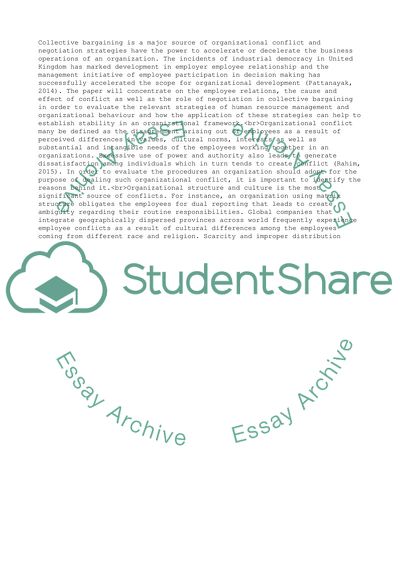Cite this document
(“Employee relations Coursework Example | Topics and Well Written Essays - 3000 words”, n.d.)
Retrieved from https://studentshare.org/business/1676328-employee-relations
Retrieved from https://studentshare.org/business/1676328-employee-relations
(Employee Relations Coursework Example | Topics and Well Written Essays - 3000 Words)
https://studentshare.org/business/1676328-employee-relations.
https://studentshare.org/business/1676328-employee-relations.
“Employee Relations Coursework Example | Topics and Well Written Essays - 3000 Words”, n.d. https://studentshare.org/business/1676328-employee-relations.


